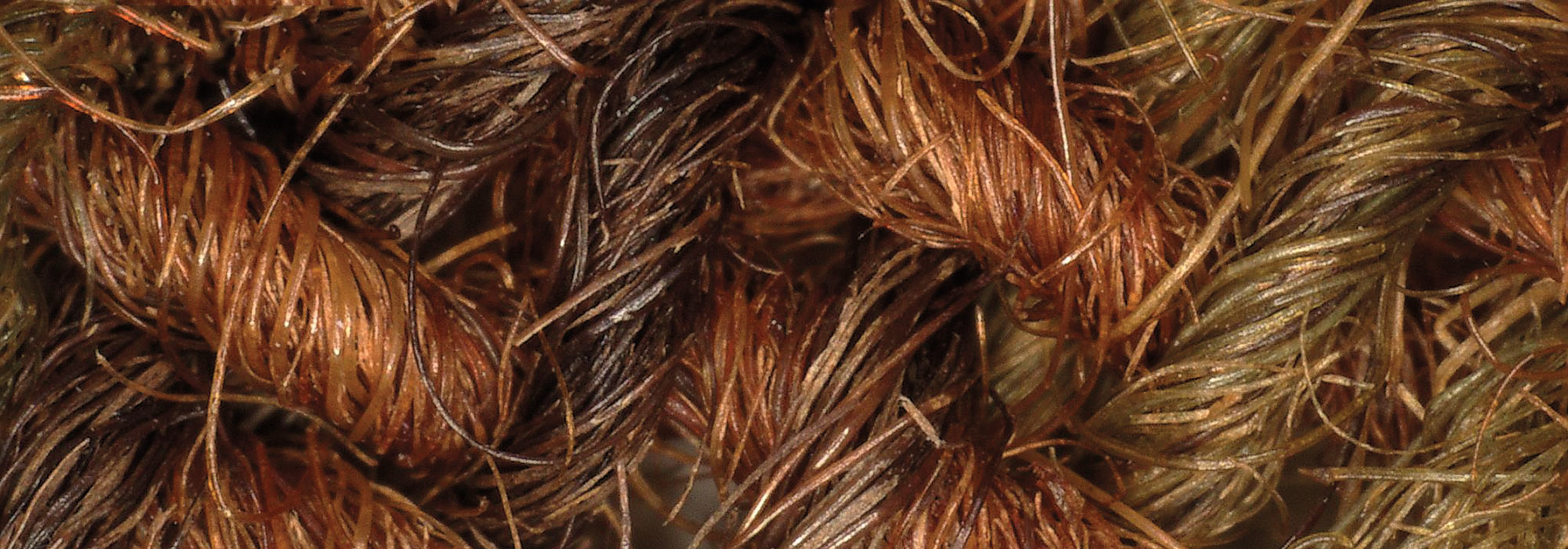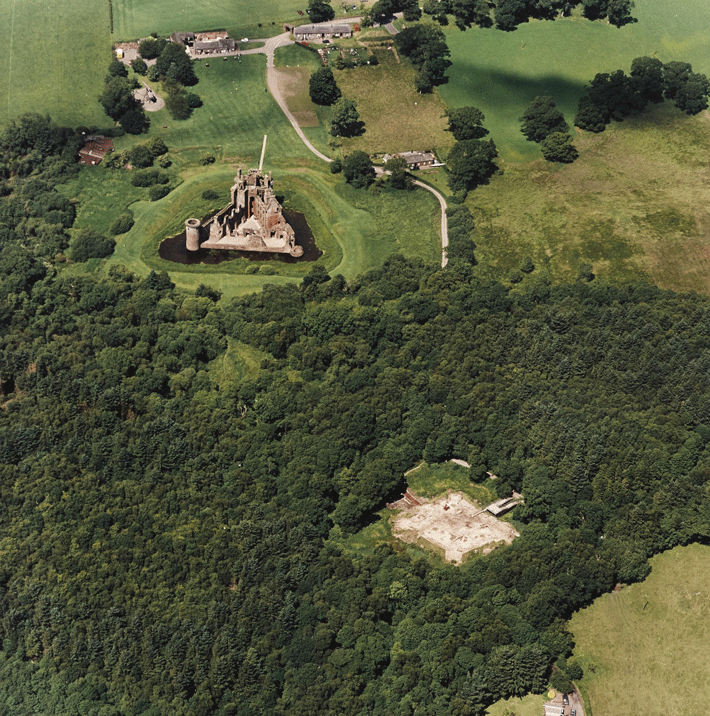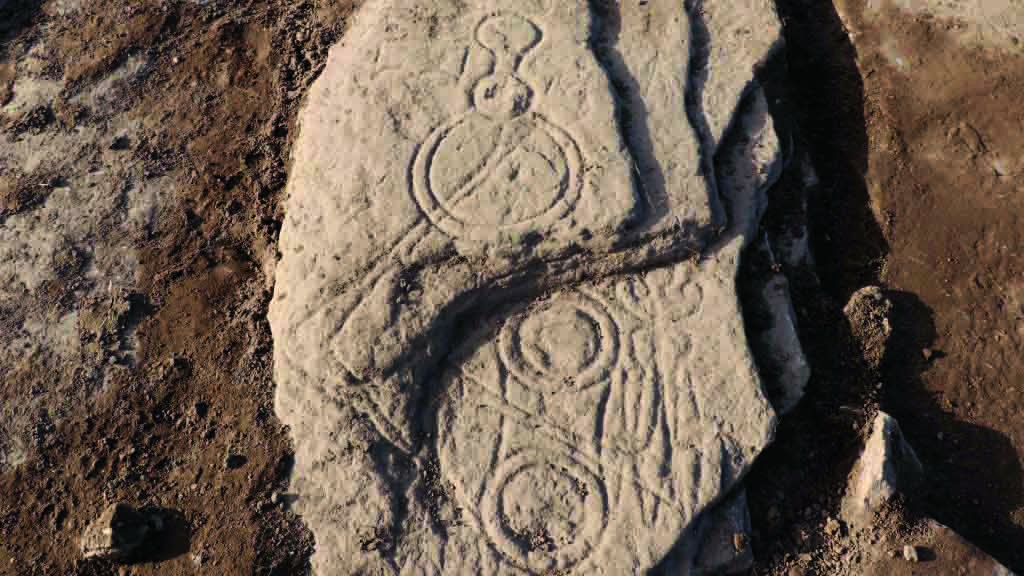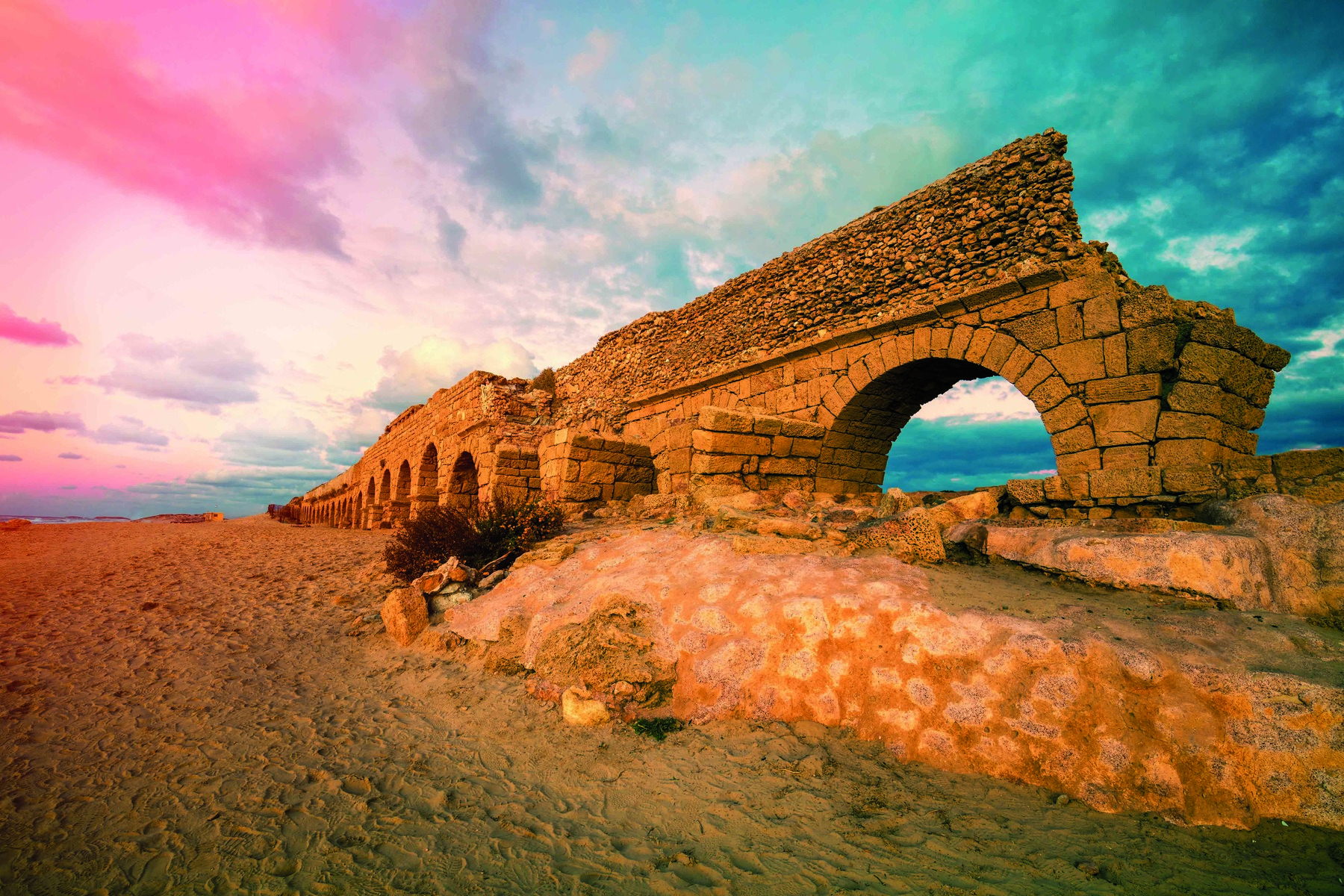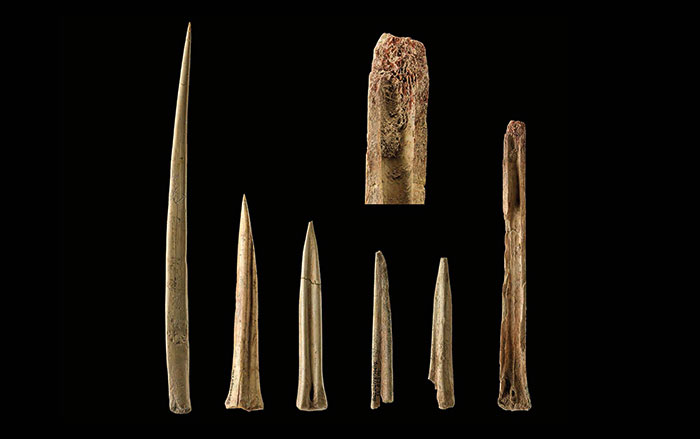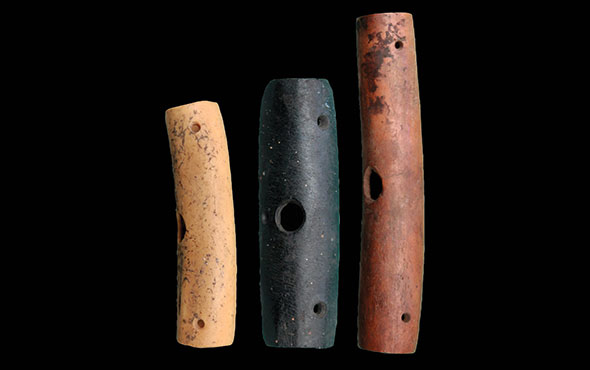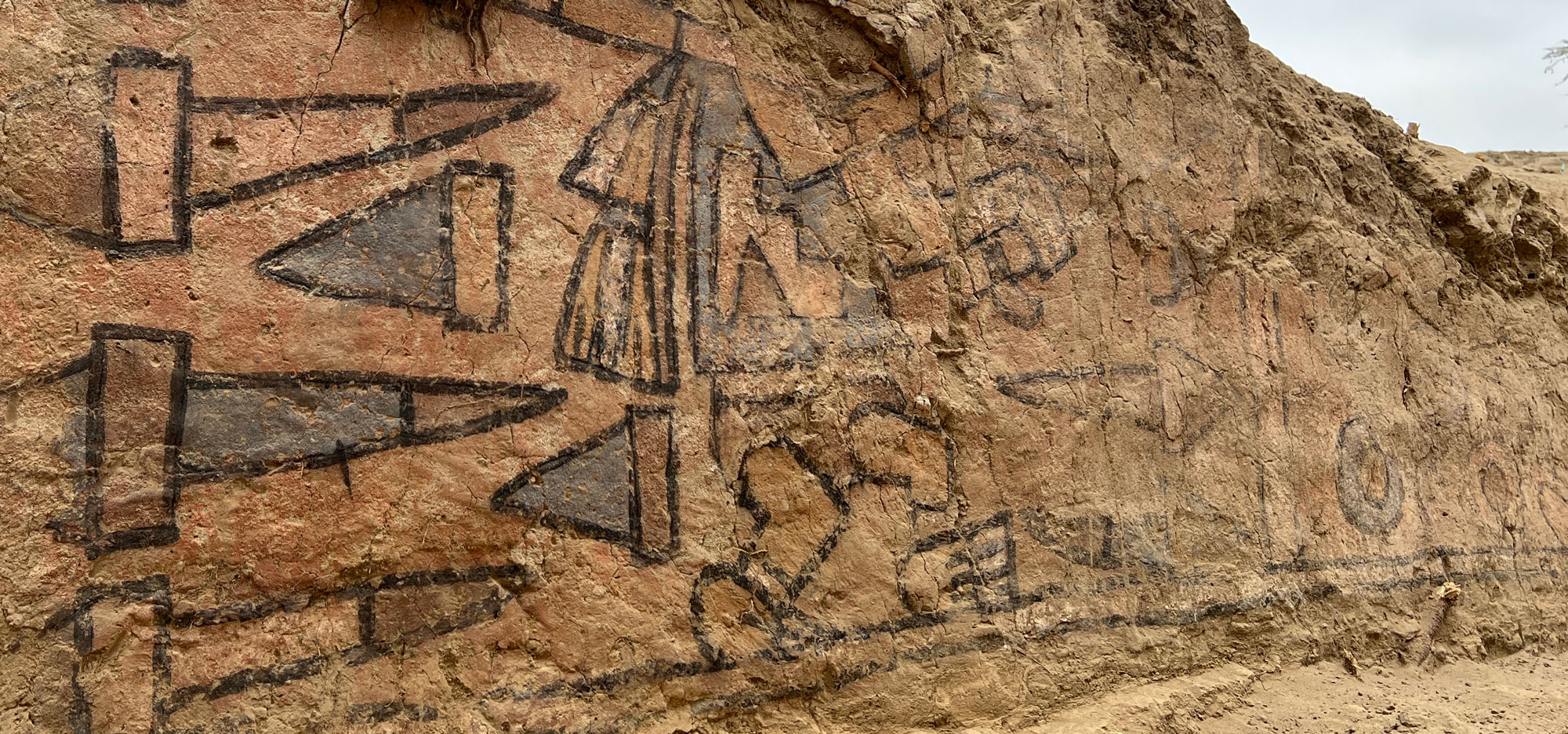
EDINBURGH, SCOTLAND—According to a statement released by Historic Environment Scotland, researchers have produced a high resolution 3-D digital model of the so-called Stone of Destiny. The 350-pound piece of sandstone was used as a seat for Scotland’s monarchs during coronation ceremonies until the invasion of Scotland by Edward I in the late thirteenth century. He took the Stone to England’s Westminster Abbey and fitted it into a wooden chair known as the Coronation Chair. The new study has revealed previously unrecorded markings on the stone’s surface, including what may be Roman numerals, tool marks thought to have been left behind by more than one stonemason, areas of wear and tear, and evidence of repairs. The imaging also allowed scientists a better look at the stone’s geological features, which match those found at the Scone Sandstone Formation in central Scotland. X-ray fluorescence analysis detected traces of copper alloy coinciding with a dark stain on the top of the stone, suggesting that a bronze or brass object may have been attached to it at one time. Because the stone was returned to Scotland in 1996, the digital model was also used to produce an exact replica to assist with the preparations for returning the artifact to the Coronation Chair for the coronation of King Charles III at Westminster Abbey later this week. For more on the site of English coronations, go to "Westminster Abbey's Hidden History."


